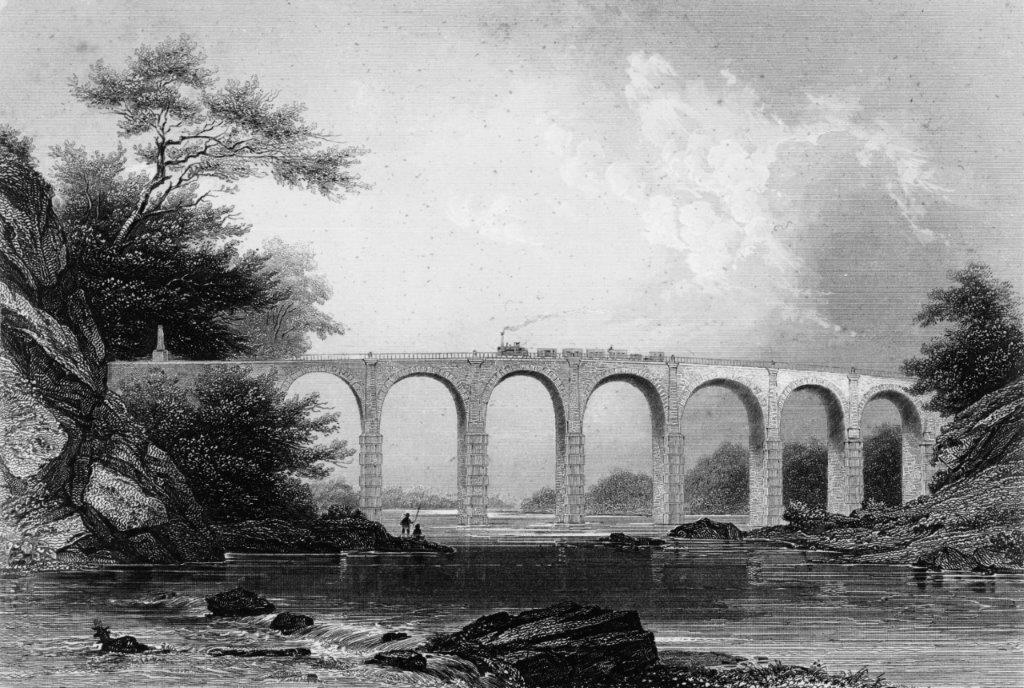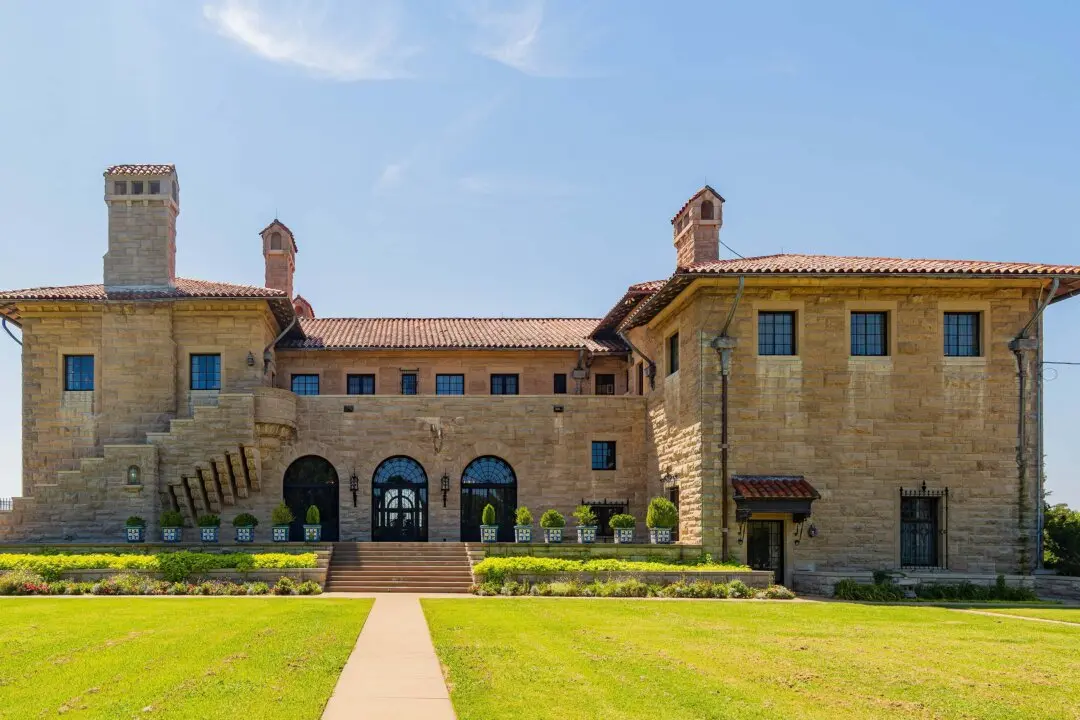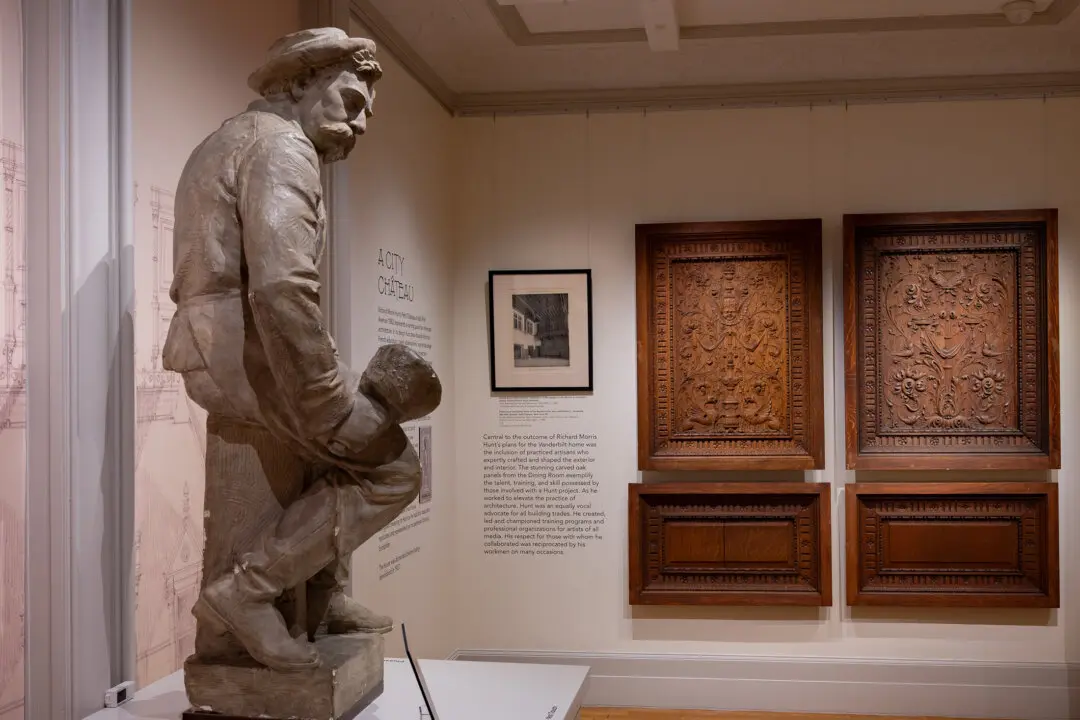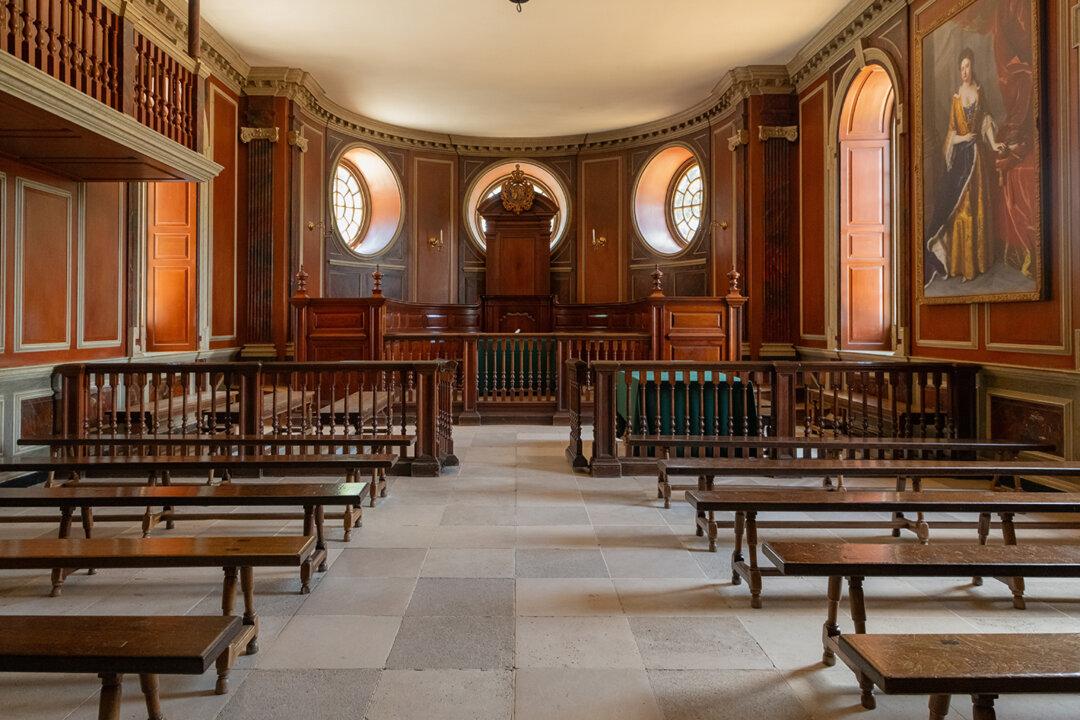Charles Carroll of Carrollton might well have been the Elon Musk of his day. The last surviving signer of the Declaration of Independence was certainly an influencer. Carroll sponsored advances in agriculture, and, encouraged by his partnership with John, George, and Andrew Ellicott, Carroll promoted the use of crop rotation and pulverized limestone on his large Maryland estate. In 1828, he also laid the cornerstone for one of America’s first railroads, the Baltimore and Ohio Railroad (B&O).
At the time, as connection to the West was a major concern for many in the young nation, Carroll had already helped found the Chesapeake and Ohio Canal Company (C&O Canal). That canal began in Washington, D.C., and followed the Potomac River west. Likewise, George Washington helped build the James River and Kanawha Canal, which was designed to connect the Ohio Valley with the coast by way of Richmond, Virginia.




